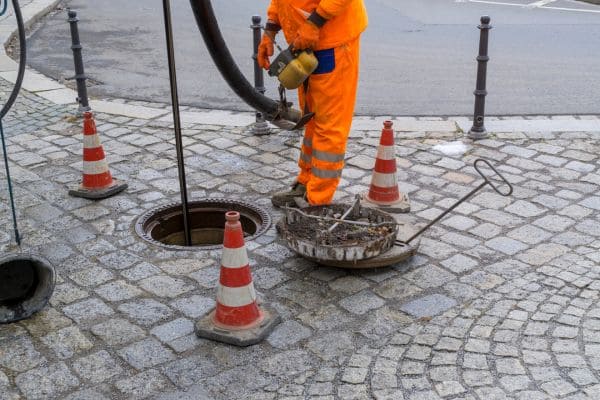Maintenance and cleaning of pipelines are essential for modern infrastructure. As technology advances, new solutions are emerging, radically transforming these processes.
Advances in robotics for inspection and repair
The introduction of robotics in pipeline maintenance represents a significant change. Robotic technology, supported by artificial intelligence and machine learning, allows for more accurate inspections and predictions of future anomalies. According to a report by NS Energy Business, robotics is ushering in a new era in pipeline repair technology. These robotic systems can perform inspections and repairs from inside pipelines, reducing the need for manual interventions and improving safety in hazardous environments.
Cathodic protection: A barrier against corrosion
Cathodic protection is a crucial technique to prevent corrosion in pipelines. There are two main methods: sacrificial anodes and impressed current cathodic protection. These techniques, described in detail in Plumbing Circle, offer effective protection and are particularly useful on large infrastructure projects where traditional methods may not be practical.
Corrosion inhibitors: organic and inorganic
Corrosion inhibitors play an important role in protecting internal pipelines. Both organic and inorganic inhibitors form a protective film on the pipe surface, acting as a barrier against corrosive substances. These inhibitors are essential in systems such as water treatment and oil refineries.
Real-time monitoring and data analysis
Corrosion monitoring sensors provide real-time data on pipeline conditions. These advanced systems allow large volumes of data to be collected and analyzed to identify trends and patterns in corrosion, enabling proactive maintenance and mitigation measures. This technology is vital for maintaining the long-term integrity of pipelines.
Advanced materials for pipeline construction
The use of corrosion-resistant alloys and composite materials, such as fiber-reinforced polymers, is changing pipeline construction. These materials not only offer superior corrosion resistance, but are also lightweight and durable, making them ideal for applications where weight and structural integrity are critical.
Corrosion resistant design and construction
Incorporating corrosion-resistant design principles is essential to extend the life of pipelines. These principles include the proper selection of materials, protective coatings and cathodic protection systems. Careful design can minimize the need for frequent and costly maintenance.
Non-destructive testing techniques
Non-destructive testing, such as ultrasonic testing and X-ray radiography, is essential for assessing the integrity of pipelines. These techniques allow the identification of corrosion, cracks and other defects without damaging the pipelines, which is crucial for the inspection of pipelines with complex geometries or buried pipelines.
In conclusion, the integration of advanced technologies in pipeline maintenance and cleaning is a rapidly evolving field, offering safer, more efficient and economical solutions. These advances not only represent a major step forward in terms of operational efficiency, but also have a significant impact on reducing environmental impact and improving workplace safety.


Recent Comments